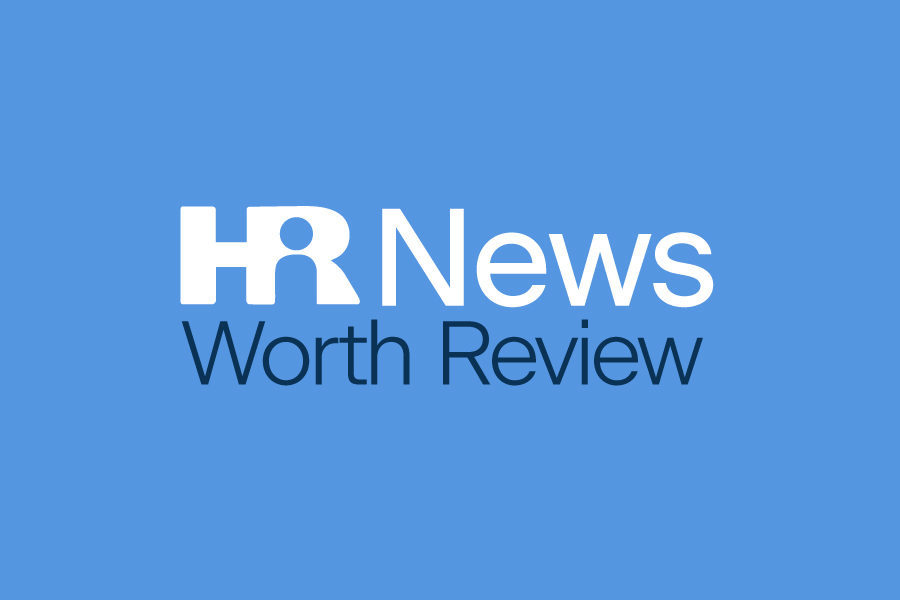Proposed Rule Released on Short-Term, Limited-Duration Insurance and Fixed Indemnity Coverage
On July 7, 2023, the Departments of Labor, Health and Human Services and the Treasury (Departments) released a proposed rule on certain types of health coverage that are not subject to the Affordable Care Act’s (ACA) consumer protections, including short-term, limited-duration insurance (STLDI) and fixed indemnity coverage.
The Departments are proposing changes to STLDI and fixed indemnity coverage to help consumers distinguish them from comprehensive health coverage and increase consumer awareness of coverage options that include the ACA’s consumer protections. These protections include, for example, the prohibition of discrimination based on health status, the prohibition of preexisting condition exclusions, and the prohibition of lifetime and annual dollar limits on essential health benefits.
The proposed rule would also clarify the tax treatment of certain benefit payments in fixed amounts received under employer-provided accident and health plans. In addition, the proposal solicits comments regarding specified disease excepted benefits coverage and level-funded health plans to help the Departments determine if additional guidance or rulemaking is needed in these areas.
STLDI is a type of health insurance coverage designed to fill temporary gaps in coverage when an individual is transitioning from one plan or coverage to another plan or coverage. STLDI is specifically exempt from the definition of “individual health insurance coverage” and, therefore, is not subject to the ACA’s requirements for comprehensive coverage.
Final rules from 2018 currently define STLDI as coverage with an initial contract period of less than 12 months and a maximum total duration of up to 36 months, including renewals and extensions. The proposed rule would limit the length of the initial contract period to no more than three months and the maximum coverage period to no more than four months, taking into account any renewals or extensions.
In addition, the proposed rule would:
- Prohibit a practice known as stacking, where the same insurer issues multiple STLDI policies to the same policyholder within a 12-month period; and
- Amend the consumer notice requirement to further clarify the differences between STLDI and comprehensive coverage and identify options for consumers to obtain comprehensive coverage.
The proposed rule includes a reminder that any health insurance sold in connection with employment is group health insurance coverage that must comply with the federal consumer protections in the group market, even if it purports to be STLDI.
Certain categories of coverage—called “excepted benefits”—are not subject to certain federal consumer protections, including the ACA’s requirement for comprehensive coverage. Fixed indemnity coverage is exempt from these protections because it is designed to provide a source of income replacement rather than full medical coverage.
The proposed rule would create additional requirements for fixed indemnity excepted benefits coverage to ensure that consumers can distinguish between this coverage and comprehensive medical coverage. The Departments’ proposed rule would:
- Require that fixed indemnity excepted benefits coverage in the individual market pay fixed benefits only on a per-period basis (and remove the current option for such coverage to pay fixed benefits on a per-service basis);
- Create new standards related to the payment of benefits under fixed indemnity excepted benefits coverage in the group market, including adding a new example to address the prohibition on coordination between fixed indemnity excepted benefits coverage and any group health plan maintained by the same plan sponsor; and
- Require a consumer notice to be provided when offering fixed indemnity excepted benefits coverage in the group market.
The proposed rule would clarify that payments from employer-provided fixed indemnity health insurance plans (and other similar plans) are not excluded from a taxpayer’s gross income if the amounts are paid without regard to the actual amount of any incurred medical expenses and where the premiums or contributions for the coverage are paid on a pre-tax basis – i.e. – through a Section 125 “Wellness Program.” Additionally, the proposed rule would clarify that the taxpayer must meet substantiation requirements for reimbursements for qualified medical expenses from any employer-provided accident and health plan to be excluded from the taxpayer’s gross income.
Employer Takeaway
EEOC Delays 2022 EEO-1 Reporting Until Fall 2023
On June 29, 2023, the Equal Employment Opportunity Commission (EEOC) announced that the date for employers to begin submitting 2022 EEO-1 Reports is delayed again, this time with a tentative new opening date in the fall of 2023.
The EEOC had previously extended the expected opening date for 2022 EEO-1 reporting until mid-July 2023. Under Title VII of the Civil Rights Act (Title VII), certain employers must usually submit EEO-1 by March 31 each year.
As we mentioned in our April newsletter, employers should monitor the EEOC’s EEO-1 webpage for updates. Also, employers filing EEO-1 reports for the first time must register to receive a company login, password and further instructions for filing from the EEOC.
Although the EEOC sends notification letters to employers it knows to be subject to the EEO-1 requirements, all employers are responsible for obtaining and submitting the necessary information prior to the appropriate deadline. An employer that fails or refuses to file an EEO-1 report as required may be compelled to do so by a federal district court. Federal contractors also risk losing their government contracts for failures to comply.
Proposed Overtime Rule Pushed to August 2023
The U.S. Department of Labor (DOL) has recently revealed it will issue a proposed overtime rule in August 2023, according to the most recent regulatory agenda. This is the third time the agency has delayed publishing the proposed overtime rule. The DOL originally planned to publish the proposed rule in April 2022 but delayed it until October 2022. The agency then announced at the start of the year that it would issue the proposed rule in May 2023. Even though the proposed rule is set to be published in August, it could be delayed again based on the DOL’s previous postponements.
The DOL’s most recent delay could be due to Congress considering nominations to fill the current vacancy for the U.S. secretary of labor or because the agency may be considering more aggressive changes to the existing rule than previous revisions. However, this delay means employers must wait until August to see how the proposed changes to the rule might impact them in 2023 and beyond. Changes to minimum wage and overtime requirements under the Fair Labor Standards Act (FLSA) could impact operational and compliance costs and increase litigation risks for employers.
The DOL has also separately indicated that it has delayed publishing a final independent contractor rule until October 2023, according to court documents. The rule was originally scheduled to be published in May 2023.
What will the proposed overtime rule address?
The agency has not yet specified the changes it’s considering making to the rule; however, the proposed overtime rule is expected to address how to implement the exemption of executive, administrative and professional employees from the FLSA’s minimum wage and overtime requirements, according to the agency’s regulatory agenda. The proposed overtime rule could provide clarity for classifying exempt employees and increasing their salary levels under the FLSA. Some experts believe the DOL may create automatic annual or periodic increases to exempt employees’ salary levels by linking them to the consumer price index, allowing exempt employees’ salary thresholds to adjust without formal rule-making.
Employer Takeaway
Once the DOL publishes a proposed rule in the Federal Register, there will be time designated for the public to comment. The agency will then review the comments and determine whether to move forward with a final rule. Some experts believe the DOL will move quickly once the proposed rule is published in the Federal Register. However, the proposed overtime rule will likely be challenged legally once finalized.
Employers are not obligated to change how they classify or pay employees until the DOL’s proposed rule becomes final. Potentially impacted employers will want to follow the DOL’s rule-making process closely.
Employers should stay tuned for updates from Higginbotham but otherwise operate as usual. We will keep you apprised of any notable changes.
2023 Midyear HR Trends
In today’s rapidly evolving employment landscape, HR professionals are crucial in shaping and driving organizational success. However, the role of HR teams has become increasingly complex and strategic. By staying current on trends, these professionals can navigate the shifting labor market, leverage the latest HR technology and adapt to changing employee needs.
Ultimately, this can enable HR teams to contribute meaningfully to their organizations by better attracting, developing and retaining talent, driving employee engagement and fostering innovation. Midyear is a great time to evaluate HR progress and recalibrate any efforts to close the year strong or inform forward-thinking strategies to maintain a competitive edge moving into 2024.
Please see our detailed article here that highlights HR trends to follow during the second half of 2023.





